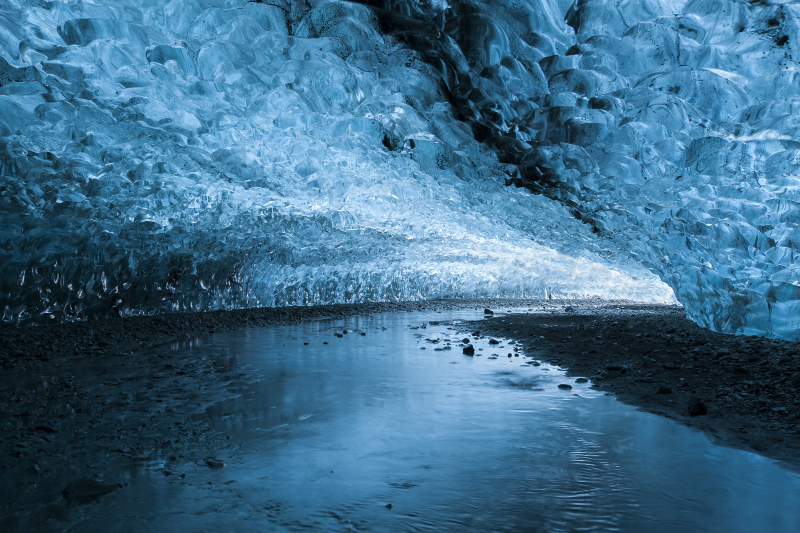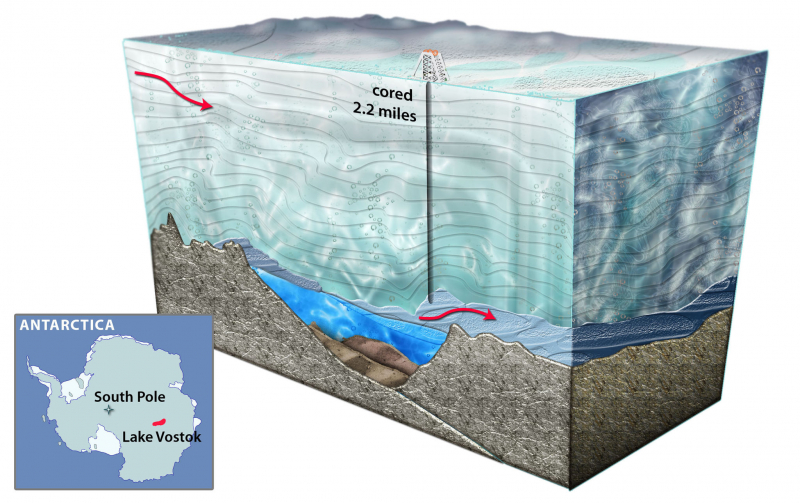Mercer Subglacial Lake
In 2007, Scripps Institution of Oceanography researcher Helen Amanda Fricker used satellite laser altimetry to look for a glacier's grounding line and ended up finding Mercer Subglacial Lake in the process. The stream beneath which the lake is situated, Mercer Ice Stream (formerly Ice Stream A), inspired the lake's name. John Mercer, a deceased glaciologist at Ohio State University, is honored with the name of Mercer Ice Stream. She is a member of the project's executive committee. On December 28, 2018, the Subglacial Antarctic Lakes Scientific Access (SALSA) Project reported they had reached Mercer Subglacial Lake after two days of melting their way through 1,067 m (3,501 ft) of ice with a high-pressure hot-water drill. After passing through filters that remove 99.9% of the bacteria and other contaminants, the drilling water is pasteurized and exposed to UV radiation. Along with basal ice samples and sediment cores that reached a depth of 1.76 meters, the crew also collected water samples for chemical and biological studies (5.8 ft).
A layer of ice 1,067 m (3,501 ft) thick covers Mercer Subglacial Lake, a subglacial lake in Antarctica. The water underneath is hydraulically active, with Ross Sea water replacement periods of around ten years. According to studies, the Mercer Subglacial Lake and other subglacial lakes seem to be connected, with drainage episodes in one reservoir leading to filling and subsequent drainage in other lakes. Sadly, due to global warming, the water beneath the ice sheet, which is hydraulically active, is in danger of melting and possibly collapsing.










